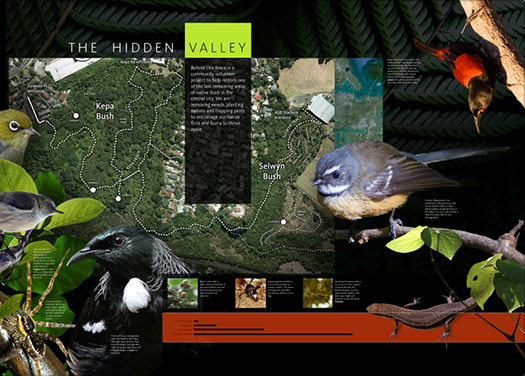I made this sign for a restoration project I am involved in. The Hidden Valley I am not sure if it will go ahead now as the Selwyn School Plans to bulldoze down the native bush and build a… carpark. I think its interesting they didn’t have money to remove this hazordus waste from their creek but do have millions to cover it with asphalt.
Rare Birds Nesting

I think I will get good results from this sign but I now want to change it. ‘Threatened with extinction’ and ‘conservation dependant’ is better (and more accurate) than endangered or rare. Also the council recently added ‘please don’t let your dog chase me away’ which I like. Full size here .
Roof Dotterel
Spur Winged Plover Eggs
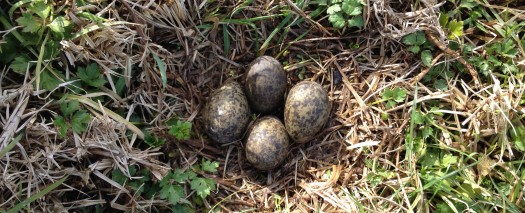
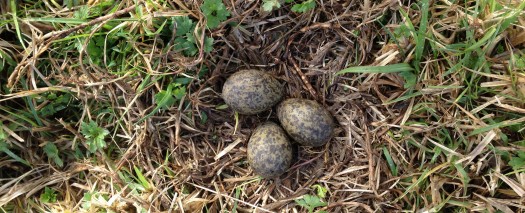
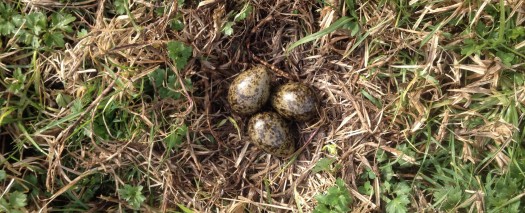
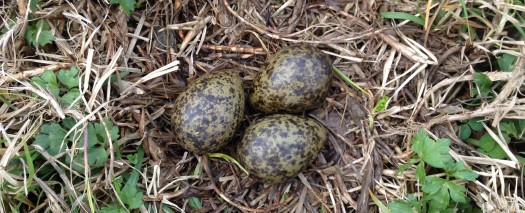
Because I know I have a predator I will not know if this technique works unless I still have eggs on the 17th of September.
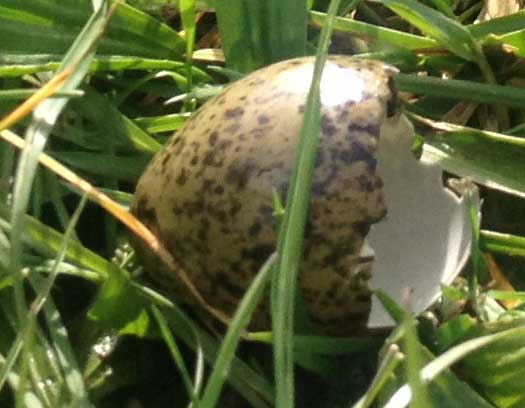
Dropped some of to the Museum.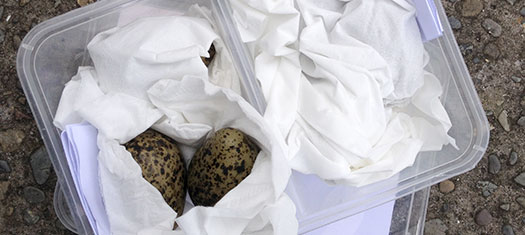
Three eggs from two Spur Wing Plover nests which each had 4 eggs
Collected from Alexandra Park -36.8908216, 174.779165 On the 24th August 2014
Three eggs from two Spur Wing Plover nests one had 3 eggs the other had 4 eggs
Eggs collected from both sites to protect neighbouring (nesting) NZ Dotterel.


Biodiversity
Spur Winged Plover Chicks
Chick Shelters
After presenting at a great event to discuss the future of Non-Beach Breeding Dotterel I left with some great advice. I plan to make Chick Shelters, when the parent alerts the chick I need to have one of these (every 10 meters or so) that the chick can run to.

I need to make it even shorter and longer, just to be sure. Interestingly I tried adding my decoy chick and it just worried the Pukeko who turned their heads sideways to stare at it in the shelter.











Everything is in place, now we just need some chicks. I need to do observational work to test a few things:
1. Do adults avoid the shelters?
2. Do the chicks use the shelters?
3. Are the shelters effective at protecting chicks from predators? If not lets lower them and check point 2.
4. Other benefits/ problems?
RESULTS





1. Do adults avoid the shelters? No.
2. Do the chicks use the shelters? No, small chicks hide in the grass which is quite long in spring. None of the small chicks lived long enough to be bigger chicks that might have made a longer dash to a chick shelter. The mown area created did not attract any Dotterel (Just Pied stilts, Herons and Spur Winged Plover).
3. Are the shelters effective at protecting chicks from predators? Untested, maybe try them at a mown or beach site.
4. Other benefits/ problems:
- They help with orienteering in the field and you can also perch on them.
- Cows broke about 20% of them, flipping was also an issue, I would consider using tent pegs to prevent cow flipping.

Dotterel Calls
Territorial call (were-wit) of an NZ Dotterel. Note the distinctive groan from the upper throat. You can see it happen at 5 seconds but is hard to hear.
Browns Island Mussel Reefs
Or what is left of them! Even the oysters are swamped by mud from the Tamaki estuary. Wikipedia needs updating:
“The flatter areas to the west have very large part submerged mussel beds which extent out 100 m (328 ft) from the shore preventing easy landing”.
Now the exposed rocks are surrounded by thick mud.
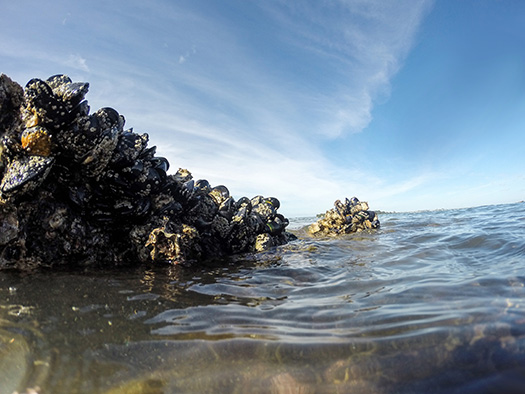

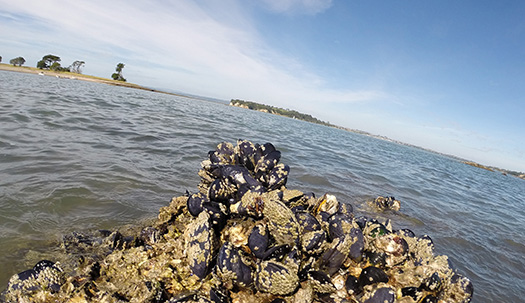
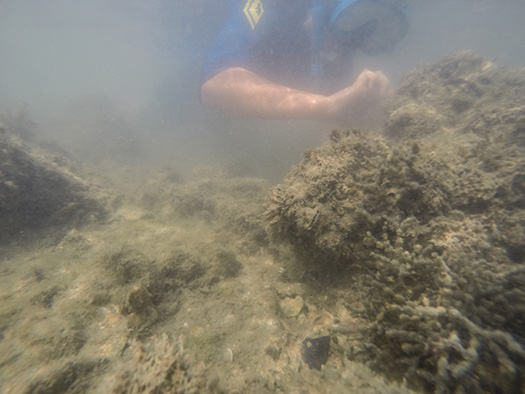
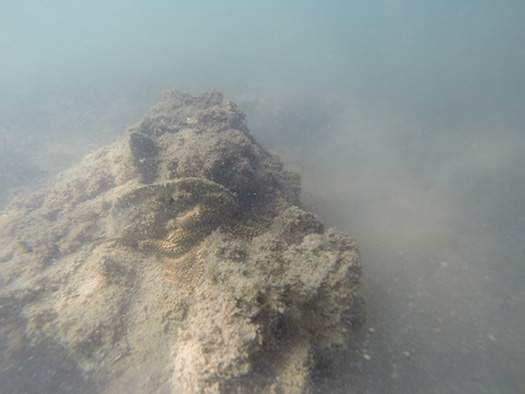
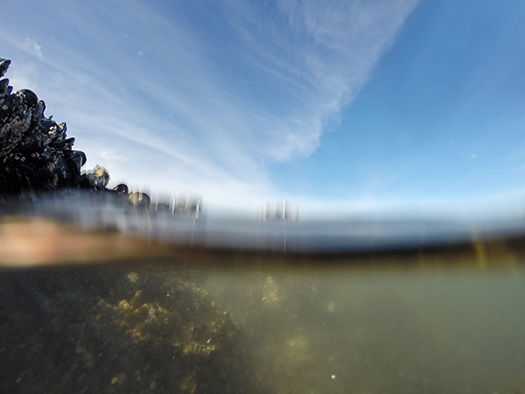

Tamaki River East Roost
Source: Environmental Condition and Values of Mangere Inlet, Whau Estuary and Tamaki Estuary (2008)
 Coastal Protection Area 1. Pakuranga Creek and Roost: One of the roosting sites used by some of the hundreds of wading birds that feed within the Tamaki Estuary. The whole of the Tamaki Estuary is a regionally important wildlife habitat and has been selected by the Department of Conservation as an Area of Significant Conservation Value (ASCV).
Coastal Protection Area 1. Pakuranga Creek and Roost: One of the roosting sites used by some of the hundreds of wading birds that feed within the Tamaki Estuary. The whole of the Tamaki Estuary is a regionally important wildlife habitat and has been selected by the Department of Conservation as an Area of Significant Conservation Value (ASCV).
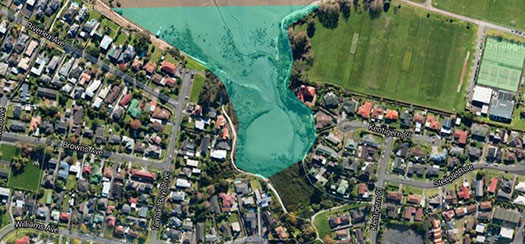 Coastal Protection Area 1. Tamaki River East Roost. One of the roosting sites used by some of the hundreds of wading birds that feed within the Tamaki Estuary.
Coastal Protection Area 1. Tamaki River East Roost. One of the roosting sites used by some of the hundreds of wading birds that feed within the Tamaki Estuary.
No birds roost here now. Are they still CPA’s? How has the habitat changed:
- Mangroves
- Coastal planting
- More houses
- More pets

